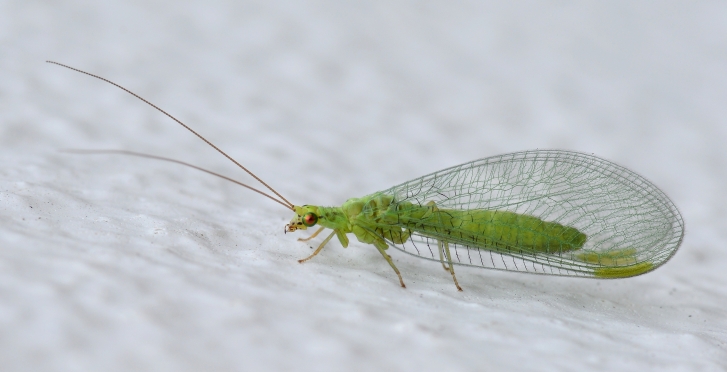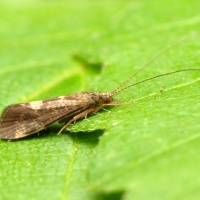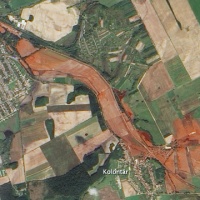New genetic bioassessment project for European freshwaters

Macroinvertebrates such as this green lacewing are commonly used in curremt bioassessments. Image: Wikicommons
European freshwaters are subject to multiple pressures which place increasing stress on the health and status of the aquatic ecosystems they support. In order to effectively design and monitor conservation and restoration strategies, bioassessments of aquatic ecosystems are required.
Bioassessments provide snapshots of the health and diversity of ecosystems, often focusing on sampling species which are particularly sensitive to pressures such as pollution. At present, bioassessments typically rely on morpho-taxonomy, where species are identified based on the morphology (or form and structure) of manually collected and sorted specimens. This approach is often time-consuming, limited in temporal and spatial resolution, and dependent on the taxonomic expertise of the analysts. As a result, bioassessments are currently of limited use in informing large-scale ecosystem management.
A new collaborative European research project aims to use cutting-edge genetic technology to improve the accuracy and scope of aquatic bioassessments. The DNAqua-Net project, funded under the European framework COST, is set to bring together a large international research community from across disciplines to develop best practice strategies for using novel genetic tools in the bioassessment and monitoring of aquatic ecosystems, both in Europe and beyond.
The project will develop genetic bioassessment techniques such as DNA barcoding, which allows for species to be identified from their DNA signature in tissue samples. DNA barcoding uses short standardised gene fragments of organisms allowing an unequivocal assignment to species level based on sequence data. Standardised DNA-barcode libraries, generated by the international Barcode of Life project (iBOL), and its associated and validated databases, such as BOLD and R-Syst provide reference data, which make it possible to analyse multiple environmental samples within a few days.
DNAqua-Net will bring together researchers and institutions that were previously working independently to provide a collaborative focus for developing and applying novel genetic techniques for bioassessment. In particular, the team hope to utilise the potential of eDNA techniques, through which DNA does not have to be necessarily extracted from tissue, but can also be collected from sediments, biofilms, or the water itself.
eDNA techniques can provide information on more than a number of specifically targeted species: instead on the entire biodiversity of an aquatic environment. In addition to being less invasive than traditional sampling techniques, the combined eDNA approach could potentially detect invasive species and as such act as an early warning system for management.
The project team’s proposal is published in open-access Research Ideas and Outcomes journal. Reflecting on the potential of their forthcoming research, they state “Novel DNA-based approaches currently emerge, possibly acting as a “game-changer” in environmental diagnostics and bioassessments by providing high-resolution pictures of biodiversity from micro to macro scales.”
Leave a comment Cancel reply
This site uses Akismet to reduce spam. Learn how your comment data is processed.














